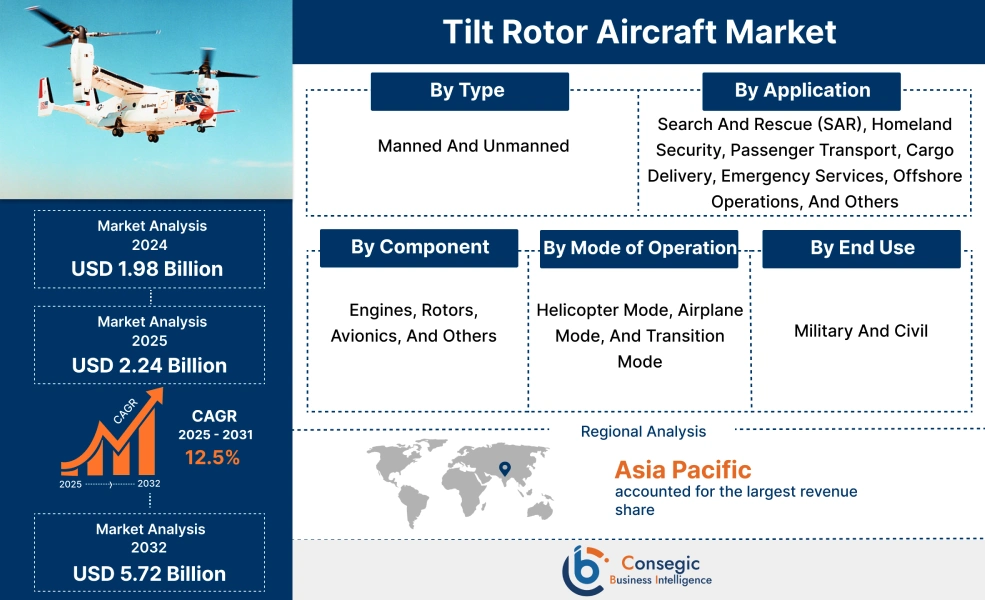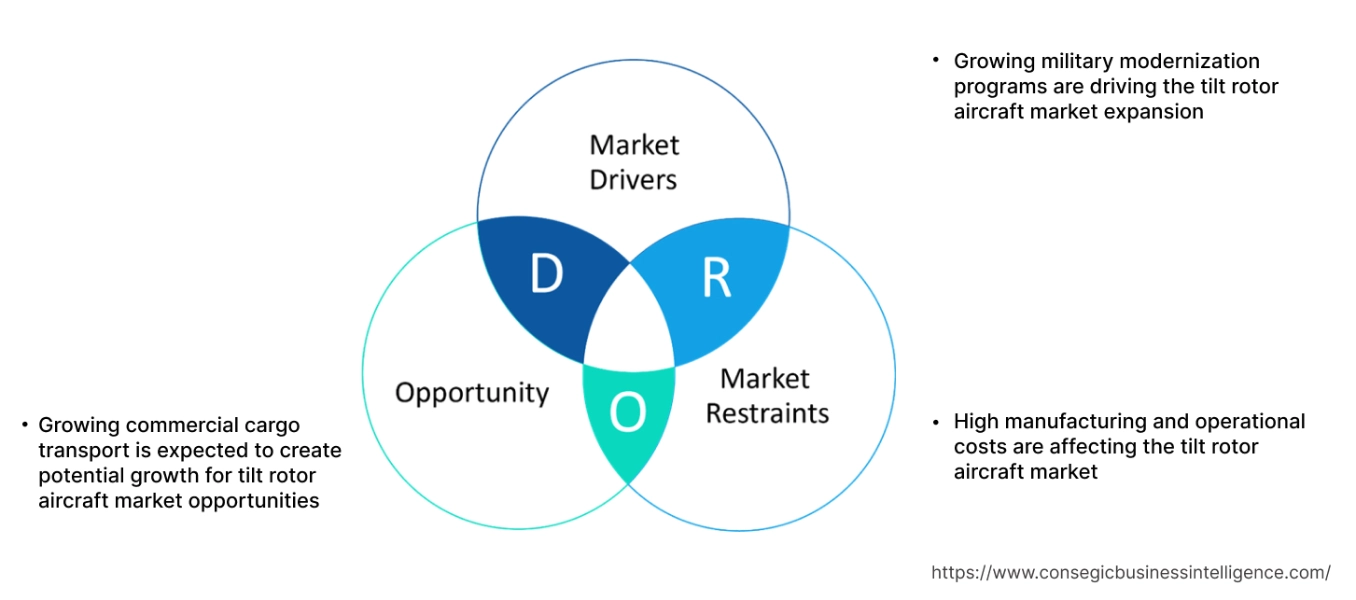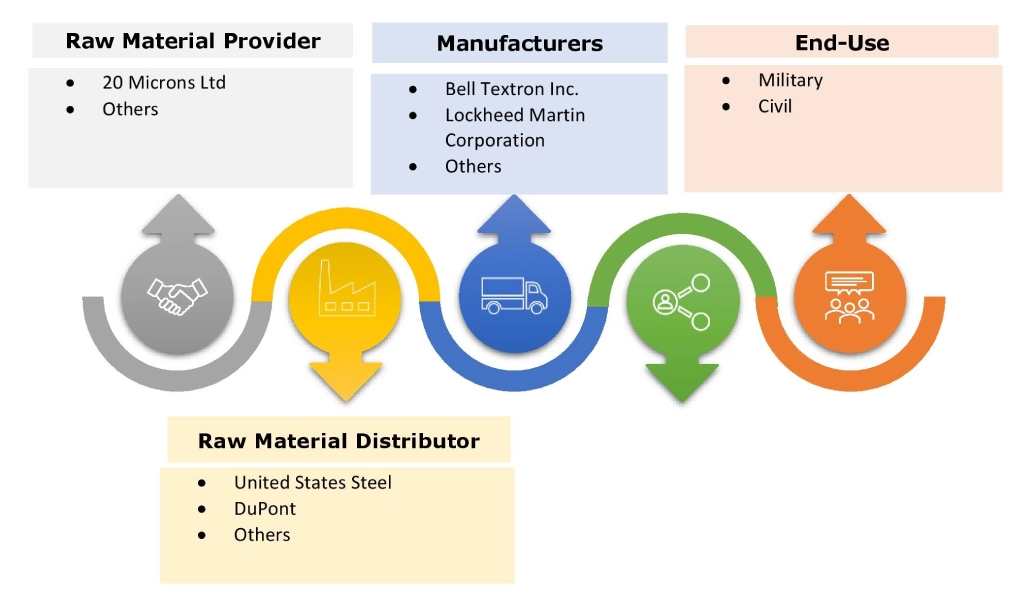Tilt Rotor Aircraft Market Size:
Tilt Rotor Aircraft Market Size is estimated to reach over USD 5.72 Billion by 2032 from a value of USD 1.98 Billion in 2024 and is projected to grow by USD 2.24 Billion in 2025, growing at a CAGR of 12.5% from 2025 to 2032.
Tilt Rotor Aircraft Market Scope & Overview:
A tilt rotor aircraft is a type of vertical takeoff landing (VTOL) aircraft that can transition between vertical and horizontal flight. This allows it to combine the vertical takeoff and landing capabilities of a helicopter with the speed and range of a fixed-wing airplane. Additionally, the ability to transition seamlessly between vertical and horizontal flight modes enables tilt-rotor aircraft to access locations that are inaccessible to other aircraft types, further expanding their operational flexibility.
Tilt Rotor Aircraft Market Dynamics - (DRO) :
Key Drivers:
Growing military modernization programs are driving the tilt rotor aircraft market expansion
The modernization efforts of military forces globally are driving significant investment in tilt rotor platforms, owing to their unique capabilities and versatility. Tilt rotor platforms offer rapid deployment capabilities, enabling military units to respond swiftly to emerging threats and operational contingencies. Their long-range mobility allows extended missions without the need for intermediate refueling, enhancing operational reach and flexibility across diverse theaters of operation. Moreover, these aircraft are well-suited for various military roles, including troop transport, where they can rapidly transport personnel and equipment to remote or inaccessible areas, facilitating strategic mobility for ground forces.
- For instance, in May 2025, Bell Textron designated its V-280 Valor tilt-rotor aircraft, chosen by the U.S. Army for its Future Long Range Assault Aircraft (FLRAA) program. This decision signifies a major advancement in the Army's efforts to modernize its helicopter fleet.
Thus, according to the tilt rotor aircraft market analysis, the growing military modernization programs are driving the tilt rotor aircraft market size.
Key Restraints:
High manufacturing and operational costs are affecting the tilt rotor aircraft market
High manufacturing and operational costs remain a significant challenge, particularly in the civil sector, where cost-effectiveness is crucial for widespread adoption. The complexity of tilt rotor designs also poses engineering challenges, requiring substantial investment in research and development to overcome technical hurdles. Furthermore, regulatory constraints related to safety, noise pollution, and airspace integration present obstacles that must be addressed to facilitate the broader deployment of tilt-rotor aircraft. Therefore, the above analysis depicts that the aforementioned factors would further impact the tilt rotor aircraft market size.
Future Opportunities :
Growing commercial cargo transport is expected to create potential growth for tilt rotor aircraft market opportunities
Tilt-rotor aircraft are transforming the landscape of commercial cargo transport by providing efficient and rapid delivery solutions to remote and hard-to-reach areas. Manufacturers can take advantage of this opportunity by focusing on the development of tilt rotor aircraft specifically tailored for cargo operations. By optimizing these aircraft with features, such as ample payload capacity, extended range capabilities, and autonomous operation, they can meet the evolving needs of the commercial cargo transport sector.
These aircraft offer a practical solution for last-mile delivery and logistics support, particularly in areas where traditional transportation infrastructure is lacking or inadequate. By leveraging tilt rotor technology, manufacturers can unlock new possibilities for cargo transport, facilitating the swift and efficient movement of goods to remote locations and underserved communities.
- For instance, in March 2025, United Aircraft Group unveiled R6000 tilt rotor that can take off and land vertically (VTOL) and carry a 2-tonne (4,400-pound) payload. Its unique tilting rotors enable it to fly like a fixed-wing aircraft, reaching speeds of up to 550 km/h (300 kt) and covering distances of up to 4,000 km (2,160 nm). It is also specifically designed to efficiently handle complex cargo operations.
Thus, based on the above tilt rotor aircraft market analysis, the growing commercial cargo is expected to drive the tilt rotor aircraft market opportunities.
Tilt Rotor Aircraft Market Segmental Analysis :
By Type:
Based on type, the market is segmented into manned and unmanned.
Trends in the type:
- The integration of advanced avionics and automation technologies into tilt-rotor aircraft is driving the growth of the segment.
- The growing need for advanced rotorcraft in military applications due to rising geopolitical tensions and increasing defense budgets in various countries is driving the global market.
- Thus, the above factors are driving the tilt rotor aircraft market demand.
The manned segment accounted for the largest revenue in the year 2024.
- There is a growing inclination to incorporate special operations-specific requirements into baseline tilt-rotor designs, streamlining the conversion process for elite units and ensuring advanced avionics.
- The long range and high speed of tilt-rotor aircraft make them particularly suitable for operations in vast geographical areas, where initial launch points and operating areas can be far apart.
- Their ability to carry substantial payloads at higher speeds than traditional helicopters makes them suitable for specialized cargo handling and regional transport, specifically to areas with limited runway infrastructure.
- Thus, based on the above analysis, these factors are further driving the tilt rotor aircraft market growth and trends.
The unmanned segment is anticipated to register the fastest CAGR during the forecast period.
- Tilt rotor UAVs offer unique advantages such as vertical take-off and landing capabilities, long-endurance flight, and versatile mission capabilities, making them ideal for surveillance, reconnaissance, cargo delivery, and other missions where unmanned operation is preferred.
- The use of tilt rotor technology in UAVs enhances their operational flexibility and range compared to traditional fixed-wing or helicopter UAVs, enabling them to access remote or inaccessible areas more effectively.
- For instance, Bell’s V-247 unmanned tilt rotor provides more coverage and offers the overhead view and support to keep the assets and teams safe.
- Thus, based on the above analysis, these developments are expected to drive the tilt rotor aircraft market share during the forecast period.
By Component:
Based on component, the market is segmented into engines, rotors, avionics, and others.
Trends in the component:
- The availability of robust maintenance, repair, and overhaul (MRO) infrastructure is critical for sustaining the operational readiness of tilt-rotors, which plays a significant role in the adoption and development of tilt-rotor fleets across various sectors.
- The integration of cutting-edge technologies, such as radar, infrared, and electronic countermeasure systems, enables VTOL aircraft to perform a wide range of missions with greater precision and effectiveness.
The engines accounted for the largest revenue in the year 2024.
- Engines are a vital component of tilt-rotor aircraft, determining their speed, range, and fuel efficiency.
- Continuous advancements in engine technology are critical for improving the performance metrics of tilt-rotor aircraft, with manufacturers focusing on developing more efficient and lightweight engines to enhance aircraft capabilities.
- The innovation in engine technology is particularly significant in the context of reducing environmental impact and operational costs, both of which are crucial for the widespread adoption of tilt-rotor aircraft.
- Thus, based on the above analysis, these factors would further supplement the tilt rotor aircraft market
The rotors segment is anticipated to register the fastest CAGR during the forecast period.
- Advances in rotor design and materials can significantly impact the efficiency and noise levels of tilt-rotor aircraft, making them more suitable for urban environments where noise pollution is a concern.
- Moreover, the ongoing research in rotor aerodynamics and materials science is aimed at achieving quieter and more efficient operations, which is crucial for expanding tilt-rotor applications, particularly in densely populated areas.
- Hence, the above developments in the rotor segment are anticipated to further drive the tilt rotor aircraft market trends during the forecast period.
By Mode of Operation:
Based on mode of operation, the market is segmented into helicopter mode, airplane mode, and transition mode.
Trends in the mode of operation:
- The escalating geopolitical tensions, regional security threats, and the need for enhanced military capabilities are leading to increased defense expenditures worldwide.
- The innovations in landing gear design, including advanced materials and shock-absorbing technologies, are enhancing the durability and performance of these systems. As VTOL aircraft continue to operate in diverse environments, the demand for high-performance landing gear components is projected to grow.
The helicopter mode segment accounted for the largest revenue share of 42.21% in the year 2024.
- The technological evolution in rotor designs and materials, along with the increasing necessity for efficient and quieter rotorcraft operations, are significantly propelling the segment development.
- Helicopters play critical roles in reconnaissance, troop transport, and search and rescue operations, leading to a strong need for efficient and durable rotor systems.
- The integration of advanced composite materials in rotor construction provides improved performance and fuel efficiency, further driving the segment development.
- Thus, based on the above analysis, these factors are boosting the tilt rotor aircraft market growth.
The airplane mode segment is anticipated to register the fastest CAGR during the forecast period.
- This mode allows tilt-rotor aircraft to achieve speeds significantly higher than conventional rotorcraft.
- The versatility and rapid response capabilities in civil operations make them necessary tools for ensuring public safety and disaster management.
- The growing use of composite materials, in particular, has been vital in reducing weight while maintaining structural strength, in turn contributing to improved fuel efficiency and payload capacity.
- These factors are anticipated to further drive the tilt rotor aircraft market trends during the forecast period.
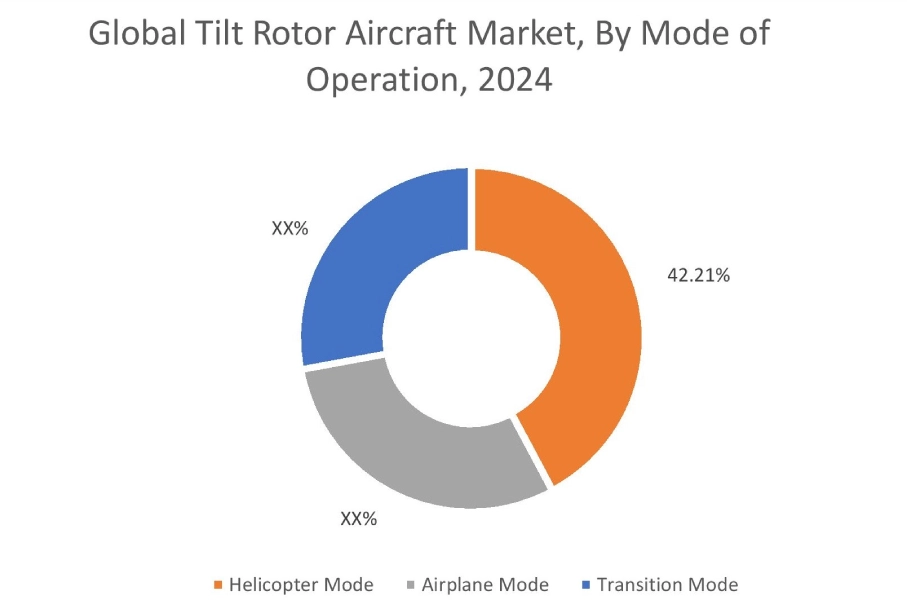
By Application:
Based on application, the tilt rotor aircraft market is segmented into search and rescue (SAR), homeland security, passenger transport, cargo delivery, emergency services, offshore operations, and others.
Trends in the application:
- The ability to combine scenic flights with efficient transport aligns well with the growing demand for experiential travel options. As the tourism sector recovers and evolves post-pandemic, tilt-rotor aircraft may play an increasingly important role, providing innovative travel solutions that cater to the evolving preferences of global travelers.
- Technological advancements that enhance the performance, safety, and fuel efficiency of rotorcraft in several applications are fostering increased adoption, thereby driving market development.
The search and rescue (SAR) segment accounted for the largest revenue share in the year 2024.
- Search and rescue (SAR) operations are critical application areas for military aircraft. The unique capabilities of rotor aircraft, particularly helicopters, allow them to access remote and challenging terrains, making them suitable for SAR missions.
- These aircraft provide rapid and reliable support, often serving as the frontline responders in critical situations.
- The enhancement of SAR capabilities through improved avionics, communications systems, and rescue equipment is driving the need for VTOL aircraft in this segment.
- Thus, the aforementioned factors are driving the global tilt rotor aircraft market demand.
The cargo delivery segment is anticipated to register the fastest CAGR during the forecast period.
- In commercial applications, tilt-rotor aircraft are becoming increasingly important as part of the broader urban air mobility (UAM) movement.
- The potential to alleviate urban traffic congestion through fast and efficient aerial transport solutions makes tilt-rotor aircraft attractive for commercial cargo transport.
- Companies are actively exploring the integration of tilt-rotor aircraft into existing transportation networks, focusing on short-distance travel and package delivery services.
- Consequently, the above factors are anticipated to further drive the global market trends during the forecast period.
By End Use:
Based on end use, the tilt rotor aircraft market is segmented into military and civil.
Trends in the end use:
- As the geopolitical landscape continues to evolve, the demand for agile and responsive military and security forces is growing. VTOL aircraft with their unique capabilities and flexibility, are well-positioned to address these challenges and support a broad range of end-user applications.
- By partnering with technology companies, defense contractors, and research institutions, aerospace manufacturers can access new technologies and expertise, accelerating the development of next-generation tilt-rotor platforms.
The military segment accounted for the largest revenue in the year 2024.
- The capability of tilt-rotor aircraft to perform a wide range of military missions, ranging from combat search and rescue to troop transport and logistical support, makes them necessary in modern military operations.
- These aircraft enable military forces to rapidly deploy personnel, equipment, and supplies to forward operating bases, conduct surveillance and reconnaissance missions, and support combat operations with precision firepower.
- For instance, in March 2025, the U.S. Military ordered five CMV-22B tilt-rotor aircraft and avionics from the Bell-Boeing Joint Project Office, under the terms of USD 590 million. The aircraft can take off and land vertically (VTOL) or with a short run (STOL), making it suitable for fast, long-distance missions.
- Thus, based on the above factors, these developments in the military segment are driving the global market.
The civil segment is anticipated to register the fastest CAGR during the forecast period.
- In the civil industry, the adoption of tilt-rotor aircraft is gaining momentum, driven by the growing need for efficient and flexible transportation solutions.
- The civil end-user segment encompasses a variety of applications, including urban air mobility, corporate transport, and emergency medical services.
- The versatility and speed of tilt-rotor aircraft make them ideal for these applications, offering significant advantages over traditional aircraft.
- Moreover, the growing interest in sustainable and time-efficient transportation options is expected to propel the growth of the civil end-user segment.
- The above factors are anticipated to further drive the global market during the forecast period.
Regional Analysis:
The global market has been classified by region into North America, Europe, Asia-Pacific, Middle East & Africa, and Latin America.
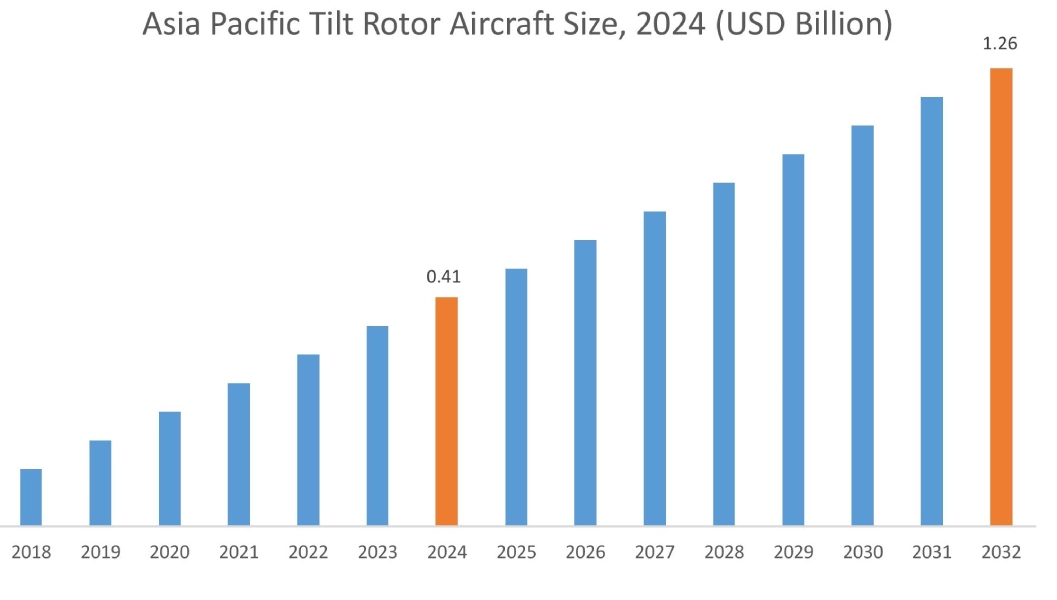
Asia Pacific tilt rotor aircraft market expansion is estimated to reach over USD 1.26 billion by 2032 from a value of USD 0.41 billion in 2024 and is projected to grow by USD 0.47 billion in 2025. Out of this, the China market accounted for the maximum revenue split of 32.34%. The region represents a growing market for tilt rotor aircraft, driven by increasing defense budgets and the rapid development of urban air mobility initiatives. Countries in the region are investing heavily in modernizing their military capabilities, including the acquisition of tilt-rotor platforms to enhance their operational readiness. Further, the region's growing urban population and the rising need for efficient transportation solutions present significant prospects for tilt-rotor aircraft adoption in commercial applications. These factors would further drive the regional tilt rotor aircraft market during the forecast period.
- For instance, in September 2024, the Directorate General of Civil Aviation (DGCA) released detailed guidelines for certifying the airworthiness of eVTOL aircraft. The advisory aims to simplify the certification process while ensuring the safety, reliability, and operational standards of these rapidly developing technologies.
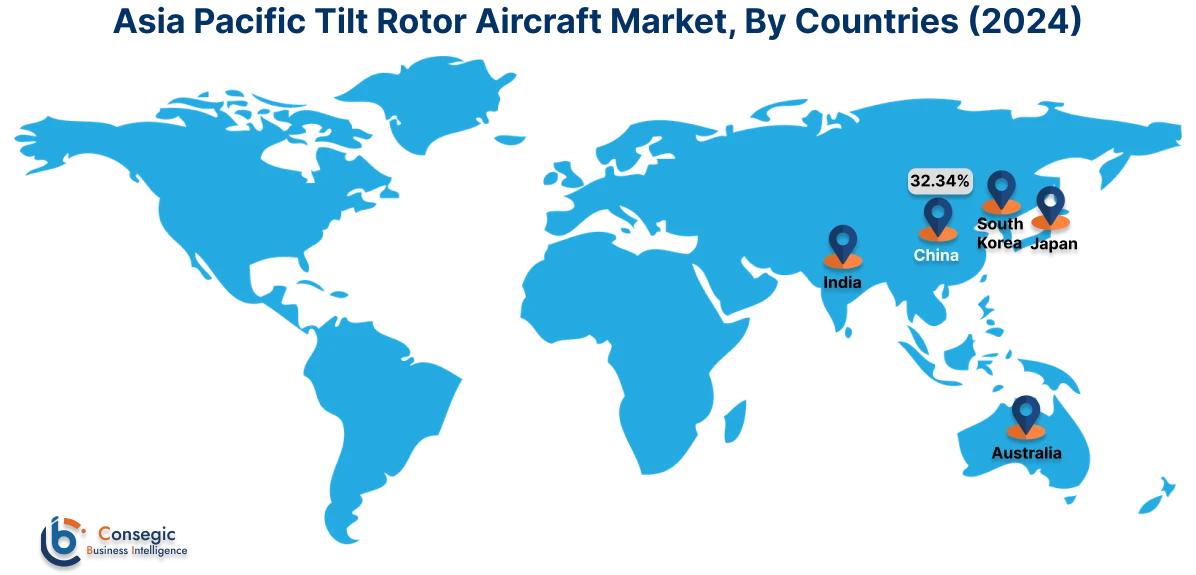
North America market is estimated to reach over USD 2.30 billion by 2032 from a value of USD 0.80 billion in 2024 and is projected to grow by USD 0.90 billion in 2025. North America currently holds the largest market share, with the United States being a major contributor to this dominance. The region's strong presence in the aerospace and defense industry, coupled with substantial government investment in aviation technologies, strengthens its leading position in the global market. Further, the ongoing modernization of the U.S. military and the presence of key market players such as Bell Textron and Boeing are further boosting the region's growth prospects. These factors would further drive the adoption of tilt rotor aircraft in the region.
- For instance, in 2024, the United States' military expenditure increased by 5.7% to USD 997 billion. This sum represented 66% of all NATO military spending and 37% of global military spending. A substantial part of the 2024 U.S. budget was allocated to upgrading its military technology and nuclear weapons, aiming to sustain a strategic advantage over Russia and China.
Additionally, according to the analysis, the tilt rotor aircraft industry in Europe is expected to witness significant development during the forecast period. The region's regulatory framework, which supports the development of advanced air mobility solutions, is expected to drive the adoption of tilt-rotors in both civil and military applications. Additionally, the focus on developing quieter and more efficient rotor systems to comply with stringent environmental regulations is driving technological innovations in the Latin America region. The Middle East & Africa region is experiencing growth due to rising investments in defense infrastructure and the growing need to address regional security challenges.
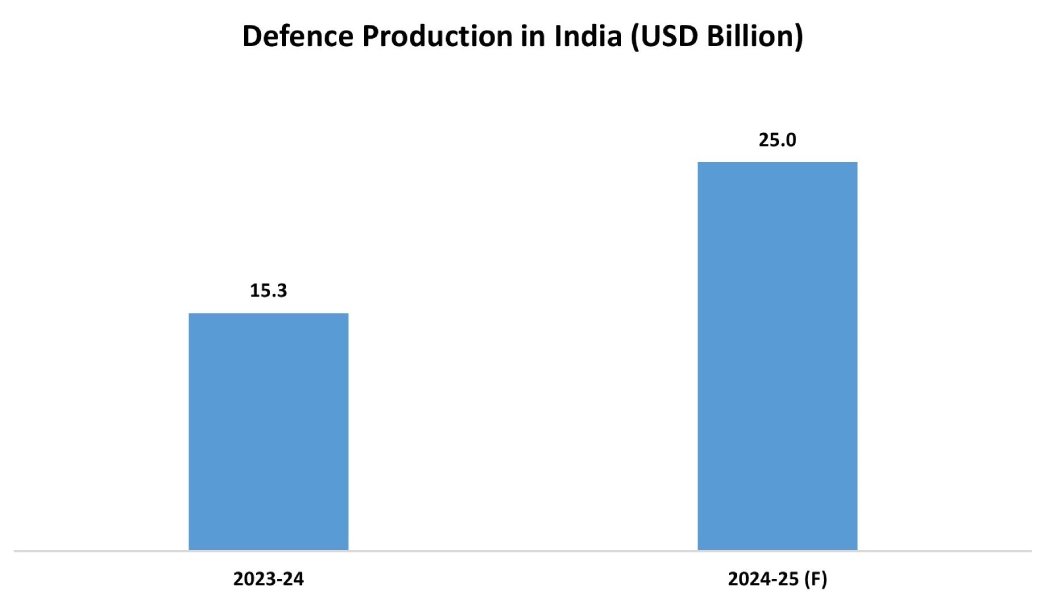
Top Key Players and Market Share Insights:
The global tilt rotor aircraft market is highly competitive with major players providing products to the national and international markets. Key players are adopting several strategies in research and development (R&D), product innovation, and end-user launches to hold a strong position in the market. Key players in the tilt rotor aircraft industry include-
- Leonardo S.p.A. (Italy)
- Bell Textron Inc. (U.S.)
- Northrop Grumman Corporation (U.S.)
- The Boeing Company (U.S.)
- Raytheon (U.S.)
- Lockheed Martin Corporation (U.S.)
- BAE Systems plc (U.K.)
- Rostec (Russia)
- Israel Aerospace Industries (Israel)
- Aviation Industry Corporation of China, Ltd (China)
Tilt Rotor Aircraft Market Report Insights :
| Report Attributes | Report Details |
| Study Timeline | 2019-2032 |
| Market Size in 2032 | USD 5.72 Billion |
| CAGR (2025-2032) | 12.5% |
| By Type |
|
| By Component |
|
| By Mode of Operation |
|
| By Application |
|
| By End Use |
|
| By Region |
|
| Key Players |
|
| North America | U.S. Canada Mexico |
| Europe | U.K. Germany France Spain Italy Russia Benelux Rest of Europe |
| APAC | China South Korea Japan India Australia ASEAN Rest of Asia-Pacific |
| Middle East and Africa | GCC Turkey South Africa Rest of MEA |
| LATAM | Brazil Argentina Chile Rest of LATAM |
| Report Coverage |
|
Key Questions Answered in the Report
How big is the Tilt Rotor Aircraft Market? +
Tilt Rotor Aircraft Market Size is estimated to reach over USD 5.72 Billion by 2032 from a value of USD 1.98 Billion in 2024 and is projected to grow by USD 2.24 Billion in 2025, growing at a CAGR of 12.5% from 2025 to 2032.
Which is the fastest-growing region in the Tilt Rotor Aircraft Market? +
Asia-Pacific is the region experiencing the most rapid growth in the market.
What specific segmentation details are covered in the Tilt Rotor Aircraft report? +
The tilt rotor aircraft report includes specific segmentation details for type, component, mode of operation, application, end use, and region.
Who are the major players in the Tilt Rotor Aircraft Market? +
The key participants in the market are Leonardo S.p.A. (Italy), Bell Textron Inc. (U.S.), Lockheed Martin Corporation (U.S.), BAE Systems plc (U.K.), Rostec (Russia), Israel Aerospace Industries (Israel), Aviation Industry Corporation of China, Ltd (China), Northrop Grumman Corporation (U.S.), The Boeing Company (U.S.), Raytheon (U.S.), and others.
